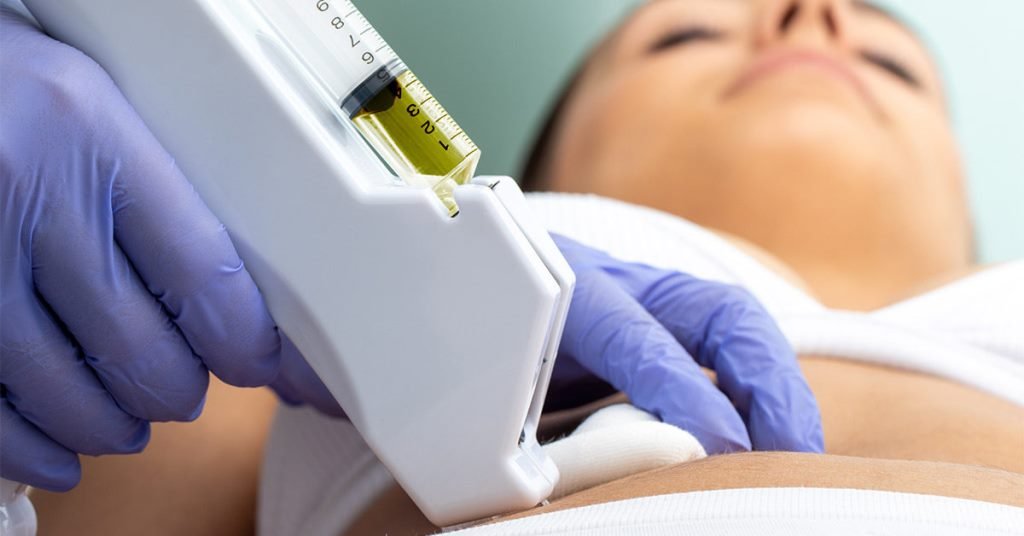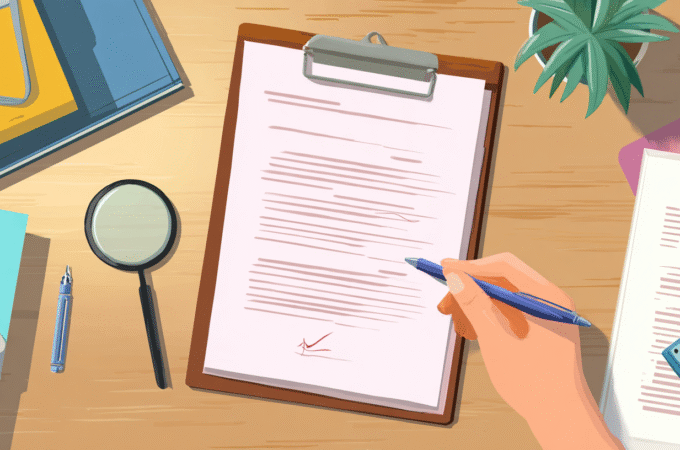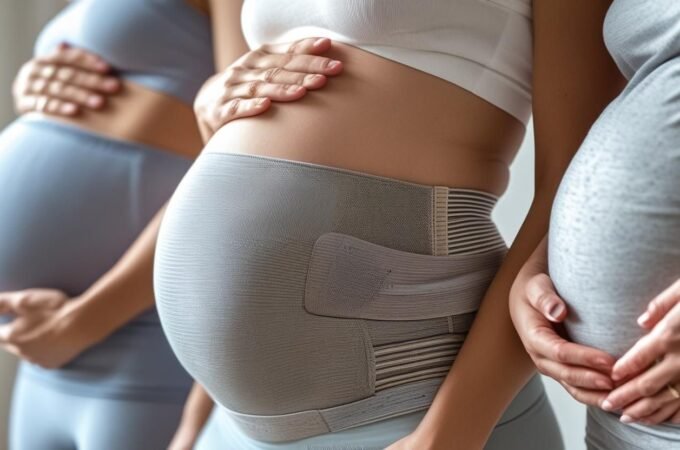
Practical Tips on How to Prepare For a Stem Cell Therapy
We often feel a degree of apprehension during medical visits and procedures. This sense of distress is even further heightened when you are contemplating or when you are preparing for a procedure like a stem cell therapy that is not so common. Your concerns are quite justified. Some questions may be on your mind about the procedure, and we will try to answer them here. Let’s start with the basics.
What is stem cell therapy?
Simply put, stem cells are cells that are not definitively differentiated. Similar groups of cells have common precursors which are the stem cells. As humans grow, these stem cells morph into various types of cells. You can think of stem cells as the mother cells that further give rise to every body cell. Stem cell therapy is the use of these stem cells as medical products. They can be harvested from the same individual they are to be used on, or they can be harvested from another person. HLA compatibility is not a problem as stem cells are usually immunologically silent. When these stem cells are introduced into the patient, they grow, multiply, and differentiate to replace damaged tissue. They also secrete paracrine factors that can shore up regenerative processes and decrease inflammation. This leads to the resolution or the relief of the disease condition.
What goals can be achieved with stem cells?
If you are asking what exactly we can do with stem cells, the answer is…a lot. Quite a lot. Let us lump some of the major disorders that can be cured with stem cell therapy into categories.
Endocrine and metabolic disorders
The major candidate here is diabetes mellitus. Here, either the insulin produced by the beta cells of the pancreas is not sufficient, or the body cells have gotten resistant to it. In the case of beta-cell insufficiency, stem cell transplants can help to restore pancreatic function. The best-case scenario, it stops diabetes right in its tracks. Worst case scenario, it greatly slows down the progression of the condition, allowing the patient to live a pretty normal life. Other metabolic conditions such as G6PD deficiency, Tay-Sachs disease, Lesch-Nyhan syndrome, and disorders of fat storage can also be managed with stem cell therapy.
Cardiovascular disorders

After a heart attack, some parts of the heart may die. And when cells of the heart die, they die for good. Stem cells can help reverse this narrative. Stem cell transplants can lead to the rehabilitation and reintegration of cardiac myocytes. Furthermore, brain damage in the case of strokes can be repaired through the use of stem cells. Even in more mundane matters like proper wound healing and revascularization, stem cell therapy still plays a significant role.
Neurological disorders
It was once believed that any damage to the brain, or any other part of the nervous system, was irreversible. Those days are now behind us as damaged and defecting neurons can now be replaced with properly functioning neurons through stem cell therapy. This provides hope for conditions such as dementia, Parkinson’s’, Alzheimer’s, multiple sclerosis, and other neurodegenerative conditions.
Cancers
This is especially true for leukemias and lymphomas. In the course of chemotherapy, the cytotoxic drugs given to cure cancers can wipe out both cancer and the viable cells in the bone marrow. This causes a problem as the home marrow is necessary for one to produce healthy red and white blood cells. The solution involved the transplant of stem cells. These stem cells multiply and replenish the marrow’s stock of proliferating cells. The stem cells also exert an immunomodulatory function by producing factors that suppress the growth and spread of these cancers.
Musculoskeletal disorders
One group that may be important to be athletes. Sports and injuries often come hand in hand. Muscles sprain and tear. Bones fracture, tendons avulse, and ligaments rupture. The average recuperation period for these conditions often lasts for many months, months during which the athletes are sidelined. The regenerative effects of stem cell therapy can lead to a much reduced period spent recovering. The short time gap between the stem cell before and after means that the athletes can get back on their feet faster.
Another affected group is people of advanced age. A lot of wear and tear goes on in the body; increasing progressively with increasing age. Osteoarthritis is a common manifestation of this wear and tear. Stem cell therapy can work against the inflammation at the joints and cause quicker and more effective bone and cartilage regeneration.
Autoimmune disorders
In autoimmune disorders, the body attacks itself. White cells are no longer able to properly differentiate between self-antigens (which they are meant to protect) and non-self antigens (which they are meant to attack). Stem cell transplants can help in these conditions by gradually replacing the hyperaggressive white cells with more normal acting ones. More importantly, the stem cells exert an immunomodulatory action to help increase the tolerance of the white blood cells for body tissues.

Below is a picture of conditions that can be managed using stem cell therapy.
Image 1. Diseases curable with stem cell therapy.
How do I prepare for a stem cell transplant?
In truth, ensuring you get proper rest after the stem cell therapy is more important than whatever you do before the therapy. However, there are still a few tips you can apply to increase the effectiveness of your stem cell therapy:
- Prepare properly. Go for the maximum number of medical tests you can get from your doctor so that the regenerative medicine specialists can assess your health as accurately as possible.
- Do some research. Find out the country where you are going to receive the stem cell therapy. Find out how the weather is like, what the food is like, how to get to the clinic and any other little detail you may need.
- Go easy on the carbs. A high carb diet is not the best diet for someone about to undergo stem cell therapy. Some studies show that such a diet actually reduces the efficacy of the therapy. Switch up your diet to something more natural.
- Ditch the sugar. Sugar, in general, is not a good idea. When preparing for stem cell therapy, this is doubly true. Try and reduce your sugar intake. Cut down on the days, and avoid cakes like the plague.
- Work those muscles. Some say this leads to increased bone marrow perfusion, and as such, a greater number of stem cells can move into the circulation. This will lead to a more impressive outcome to stem cell therapy.
- Lose the fear. Your mind influences your body. Continually remind yourself of the processes involved in stem cell therapy.
Remind yourself that there is absolutely no reason to be afraid. Talking of the processes involved…
What am I to expect during therapy?
The procedure is very simple. Do stem cell injections hurt? They are just as painful as your normal shot at the doctors. If you are not careful, you may not even notice the pain. The needle for aspirating the bone marrow is pushed into your hip bone (which is a common site for aspiration). There is usually a slight pain as the needle bypasses the bone cortex and enters into the marrow. The aspirate is taken out, filtered to separate the stem cells and cultured to increase their number. After culture, the stem cells are transplanted back to the exact location where they are needed. Marrow is not the only source for stem cells. They can also be derived from adipose tissue. Even further, the stem cells can also be transplanted from a willing donor. Here is an infographic showing possible sources of mesenchymal stem cells.

Image 2. In vivo sources of mesenchymal stem cells.
In summary, the answer to the question, “is stem cell injection painful” is that little to no pain is involved. However, doctors may prescribe painkillers if they deem it necessary, or in the occurrence of serious pain after stem cell injection.
What should I do after stem cell injection?
Depending on how you feel, you might want to use a cane or crutches. For proper efficiency, it is important that you cut out unhealthy habits, stay away from sugar, eat healthily, and exercise appropriately. Talking of exercise? It is not a wise idea to jump back to full strenuous activity immediately. The stem cells need time to multiply and differentiate. For the first two weeks post-treatment, it would be best if you restricted your activities to mild ones (think light yoga). Your doctor will indicate the appropriate activity level for you and other restrictive measures, if necessary. However, in practice, after treatment with stem cells, patients immediately return to their usual life.

Image 3. Example of a light yoga exercise.
You are not supposed to break a sweat. From that time to a one-month post-therapy, you can slowly increase the intensity of your exercise regimen, but it should still not be as high as your standard regimen. Right now, you may be asking, “Then what is the recovery time for stem cell injection?”
The recovery time ranges from two months to six months post-therapy. During this period, you can go back to your previous exercise regimen, run the miles you used to run, lift the weights you used to lift. It might be advisable not to vary your routine so much this period so you can gain muscle memory.
Conclusion:
Stem cell therapy is at the cutting edge of medicine at the moment. With more research, more and more disorders will be conquered, creating disease-free lives for people all over the world.




